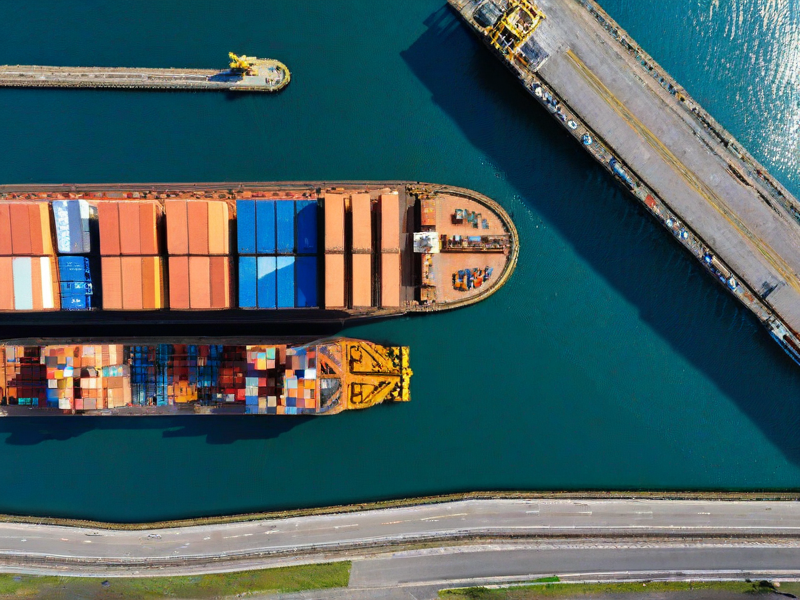Amid the ongoing reshaping of the global economic landscape, Vietnam is emerging as a rising star in the logistics sector. Leveraging its unique advantages, Vietnam has quickly become Southeast Asia’s hotspot as a burgeoning logistics hub, drawing global attention. Chinese enterprises, too, are exploring opportunities within this dynamic market.

Vietnam’s strategic geographic position, with a 3,200-kilometer coastline and 114 ports, is a significant advantage. Standout performers like Cat Lai Port in Ho Chi Minh City and Hai Phong Port in Hai Phong City underline the country’s potential, with Cat Lai Port surpassing 160 million tons of cargo throughput in 2023, reflecting a 10% year-on-year growth and cementing its role as a trade transit hub.
Bordering China, Laos, and Cambodia, Vietnam benefits from regional trade agreements such as RCEP and CPTPP, enhancing its role in the regional supply chain. The Vietnamese government is actively promoting logistics development, with plans to significantly enhance transportation capacity by 2030 and establish logistics hubs. Zones like Bac Ninh and Binh Duong logistics parks offer incentives to businesses, including four years of corporate tax exemptions and 30-year land lease discounts for new logistics enterprises. Sectors like cold chain logistics also receive subsidies, while automated customs clearance systems improve efficiency.
Vietnam’s logistics investment highlights include the following: cross-border e-commerce logistics is thriving alongside the growth of the e-commerce market, attracting major players; cold chain logistics is expanding due to rising demand for fresh and pharmaceutical exports; intelligent warehousing is advancing toward automation and smart systems, exemplified by Gemadept’s large-scale storage centers; multimodal transport is reducing costs and improving efficiency, with the China-Vietnam railway being a notable example; and green logistics is gaining traction in line with government sustainability goals.
For Chinese enterprises, there is a clear roadmap to entering Vietnam’s logistics market. High-growth areas such as cold chain and cross-border e-commerce logistics present promising opportunities—JD Logistics, for instance, has already made inroads. Joint ventures with local companies can help adapt swiftly to the market, as demonstrated by Temasek’s partnership with Gemadept. Chinese companies can also leverage Vietnam’s free trade advantages to reduce costs and export technology to co-develop intelligent logistics systems, including drone delivery solutions.
Amid global supply chain shifts and advancing regional economic integration, Vietnam’s logistics sector holds vast potential. By seizing the opportunity and strategically positioning themselves, Chinese enterprises can achieve success in this burgeoning market, stand out in regional competition, and share in the dividends of Vietnam’s logistics growth while exploring broader market prospects.





 Logistics line quotation
Logistics line quotation Cross-border express order
Cross-border express order 24 hours online customer service
24 hours online customer service Huixiang Cross-border Logistics all rights reserved
Huixiang Cross-border Logistics all rights reserved 






